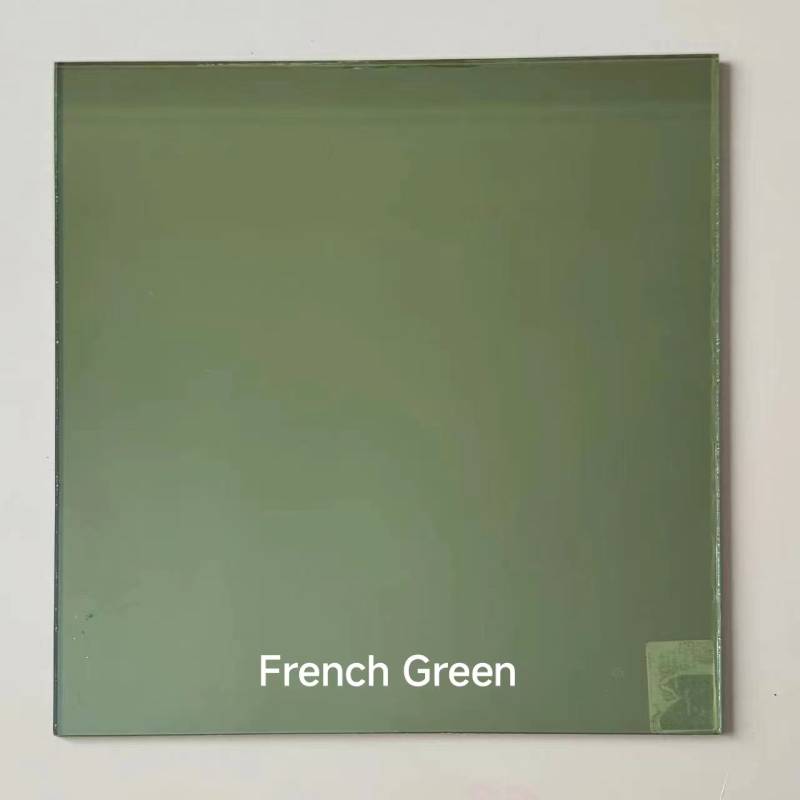

Annealed float glass is a widely used product in the glass industry known for its clarity, uniform thickness, and affordability. This type of glass is created through a process called float glass manufacturing, which involves melting raw materials, primarily silica sand, soda ash, and limestone, to form molten glass. This glass is then floated on a bed of molten tin, allowing it to spread out evenly and form a smooth, flat surface.
One of the primary characteristics of annealed float glass is its excellent optical quality. The manufacturing process minimizes impurities and defects, resulting in a translucent, clear product that is ideal for a variety of applications, such as windows, mirrors, and glass doors. This clarity makes it especially popular in architectural designs where aesthetics and visibility are essential.
Annealed float glass is also recognized for its versatility. It can be cut, polished, and processed to meet specific demands for various projects. When cut to size, it can be used in furniture, screens, and partition systems, making it a popular choice for both residential and commercial settings. Additionally, its ability to be coated or laminated allows for further customization, enhancing its performance attributes, such as thermal insulation or UV protection.

Despite its numerous advantages, one of the limitations of annealed float glass is its relatively low strength compared to tempered or laminated glass. Annealed glass can break or shatter easily upon impact, which makes it less suitable for high-risk applications. However, its cost-effectiveness and ease of production have cemented its position as a staple in the glass market.
Another significant aspect of annealed float glass is its environmental impact. The float glass manufacturing process is generally energy-intensive, but advancements in technology have led to improved efficiency and reduced emissions. Many manufacturers now focus on recycling glass, which contributes to sustainability efforts within the industry.
In conclusion, annealed float glass is a key material in various applications due to its clarity, versatility, and cost-effectiveness. While it may have some limitations in strength, its wide range of uses makes it an essential component in modern architecture and design. As the industry continues to develop, innovations and improved sustainability practices will further enhance the appeal of annealed float glass, ensuring its relevance in the future.